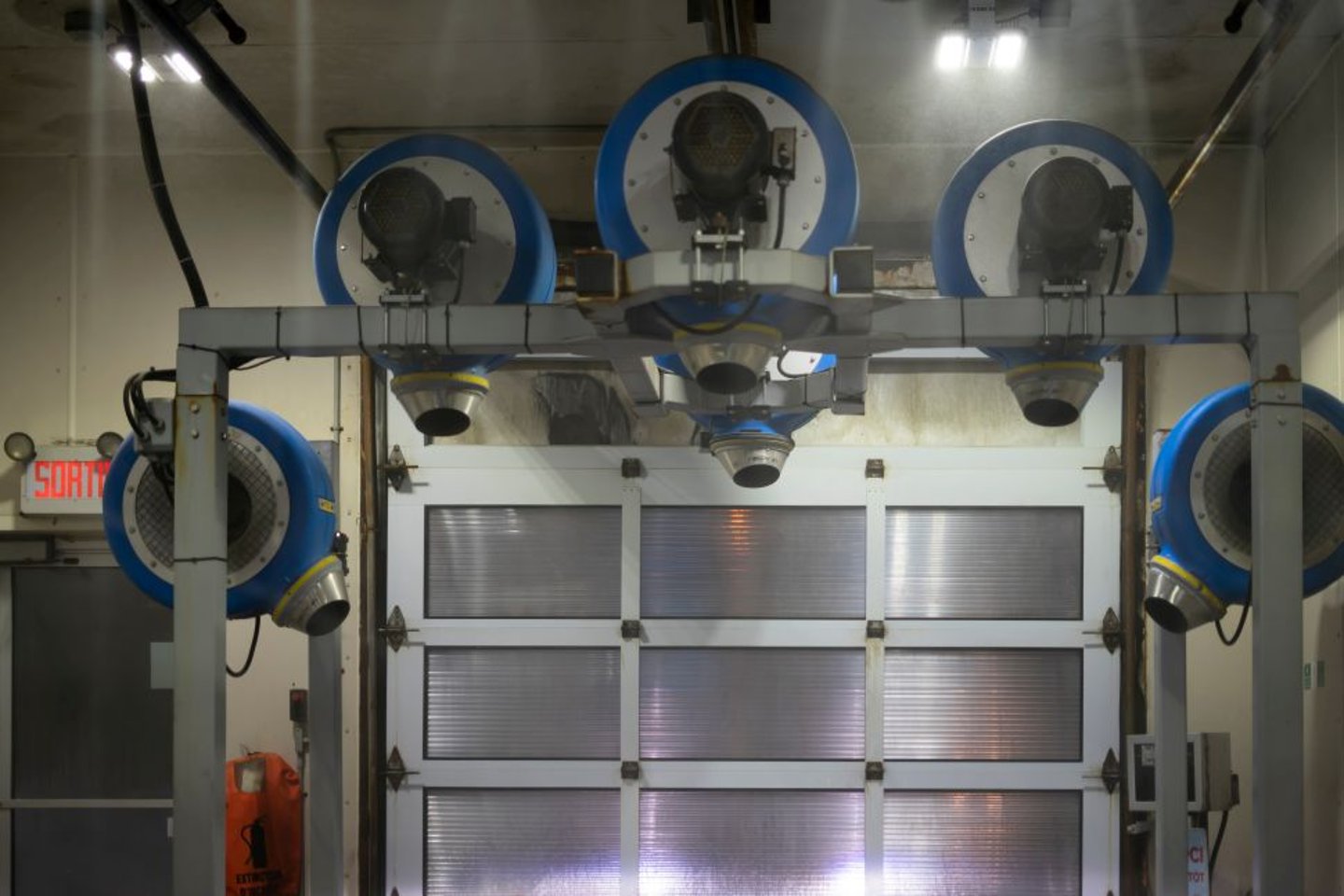Car wash drying systems: doing more with less
When it comes to the car wash, drying the car is just as important as washing the car. And while the innovations on the washing side of the business have in the last decade or more been quite dramatic—advancements in cleaners and coatings, giving cars a more complete and ‘eye-popping’ shine while also being more environmentally-friendly—the changes on the drying side have been more subtle.
It's “more about the nuances,” says Arthur Stephens, president of National Carwash Solutions (NCS). “What we are seeing now are systems that are quieter and enhancements on the velocities and volumes of air that can be put out, and where it can be put on a vehicle, all the while being more energy efficient.”
Adjusting the volume
The push for quieter car wash dryers comes from several factors. Car wash operations tend to be noisy, with noise generated from vehicles (although with the adoption of electric vehicles this is becoming less of a factor), as well as the constant hum and clang of dryers, vacuum stations, rolling doors and moving brushes.
And that noise can be a problem if a car wash happens to be near homes and other businesses: No one wants a noisy neighbour. As well, such noise can be hazardous to the staff working at the car wash, as prolonged exposure can potentially impact a person’s hearing. So, it is not surprising that the manufacturers of such equipment have spent time and effort working to reduce the noise produced by car wash equipment.
None more so than dryer makers, who have worked diligently to make dryers that are quieter, while at the same time not diminishing their effectiveness in drying a vehicle.
Saving electricity
Stephens said he spent several years developing what NCS has termed its Stealth Predator Drying System, an energy efficient, ultra quiet dryer system. “It is a powerful unit that is smaller than our earlier Stealth systems, but it can produce more air, more air velocity, is even quieter and uses less energy as well.”
Stephens likens the new Stealth Predator Dryers to Apple’s newest iPhone compared to a model several generations older.
Compared to other older dryer technologies being used right now by many car wash operations, the Stealth Predator can produce over 11,000 cubic feet per minute of air flow with a 10HP motor, while only producing some 65 decibels of noise. Most older dryer motors and systems produce up to 87 decibels. And because the Stealth can produce that much cubic feet per minute of air flow using its high-efficiency motor, it uses 20 to 30% less electricity.
That electrical savings should grab everyone’s attention.
“That is a big deal as a typical car can spend up to $20,000 a month on electricity,” Stephens adds.
Timing matters
Kyle Martin, a regional sales manager at Oasis Car Wash Systems, says that companies have also moved to creating dryer solutions that can be configured with different horse powered motors, or with multiple motors with different capacities. This allows car wash operations to have greater control over how much air is blown and where, and these motors are then coupled to controls that can adjust the timing of the motor’s operation.
“For example, you can have a dryer timer system which will tell a customer how long they have in the drying bay before the blowers shut off, or you can have a dryer shutoff kit where a set of optics monitor the vehicle and if the vehicle leaves the bay before the allotted time, it will shut the motors off so as not to be running in an empty drying bay and thereby using electricity,” Martin says.
He adds that another feature becoming more common now is the use of ‘air knives’, designed to more precisely direct high-velocity air generated by a dryer system’s centrifugal blower. These can be positioned so that as a car passes them, or the knives are passed over and beside the vehicle, the air will be directed in such a manner as to remove water more effectively before the vehicle exits the drying bay. In this way, one can use less powerful motors, as the knives will more precisely and efficiently strip the water off the vehicle and leave it looking shiny and dry at the end of the wash cycle.
Oasis offers two dryer systems to meet a variety of car wash operator needs.
“Our GaleForce and GaleForce ST-Series dryers are our stand-alone, traditional drying systems for in-bay application,” Martin says. “They are designed for easy entrance and exit without fear of damage, offer a high volume of velocity and air flow, protection from aggressive car wash environments, are quiet and efficient running at 3,600 r.p.m. The enclosed motors and blower housings are constructed of high-density polyethylene and offer full car wash controller integration and programming.
“Our Eclipse dryer can be installed with our touch-free or soft-touch units and offers the ability to wash and dry two cars simultaneously. It is an automated dryer that is part of one long car wash bay (at least 60 ft). When the wash is complete, the customer drives into the dryer bay, puts their vehicle in park, and the Eclipse dryer moves in both directions, drying the car.”






